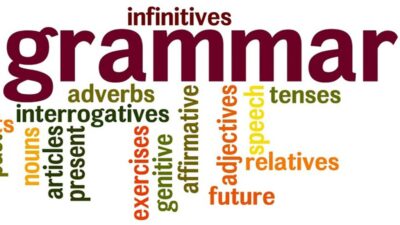Sentence structure in English
Talking about sentence structure in English is equivalent to talking about grammar. It is like reminding myself and you of the bitter memories of high school and university language inability. As a teacher of English, I have always believed that language grammar should occur during the learning process rather than the lesson. But at the urging of your loved ones, the decision to write an essay, though brief, may be a bit of a guide. You can also read the article “Common Mistakes in English Language Grammar“.
.
فاعل + گزاره |
Subject + predicate |
English sentences, of course, have a subject, with the exception of imperative sentences. The subject is the person or thing the sentence is about. The statement describes the subject and identifies who the agent is and what he / she is doing. This combination is called clause, which forms the main part of sentence types in English. But making sentences is really used in language, so complex sentences have to be familiar with English sentence structure.
Types of sentences:
| (independent): Its meaning is complete. | Emily walked on the grass. |
| (dependent): Its meaning is not complete and requires another expression | Although it was wet. |
Observing the grammatical structure of the sentence types can be linked in different ways, the most important of which will be discussed below. you take a look at the article “Four tips for learning English Language Grammar“.
Seven Simple Ways to Make a Sentence:
Using these seven simple methods, you can generate a variety of sentences in English so that its grammatical structure is maintained.
- Always have an independent phrase in the sentence.


- Connect two independent expressions with (;) or (,) and a related letter.
- Never connect two or more independent expressions without punctuation.
- Never separate independent phrases with just one comma.
- Never use the conjunctive constraints instead of the conjunctive letters.
- Always if comma (;) is present before constraints, then the comma should also be used.
- If the subordinate statements come at the beginning of the sentence, the comma must be used.
You can read more about language grammar on this site.
What we said in this article:
1- Refer to the sentence structure in English briefly
2- Definition of a sentence
3- How to connect sentences and make complex sentences
For further studies:
1- English Language Learning: Challenges and Problems



